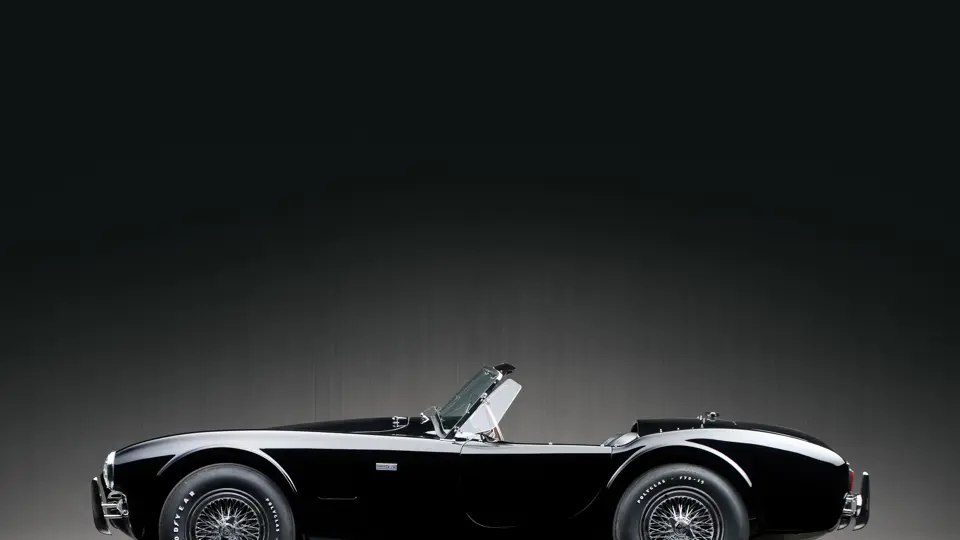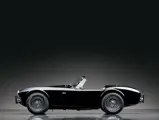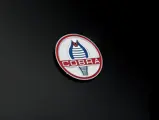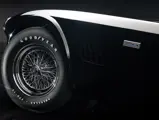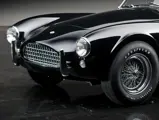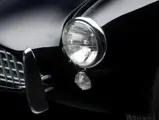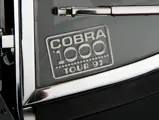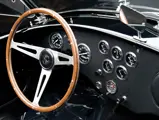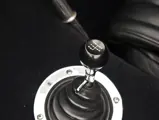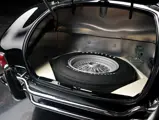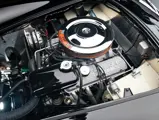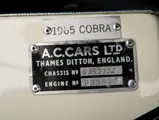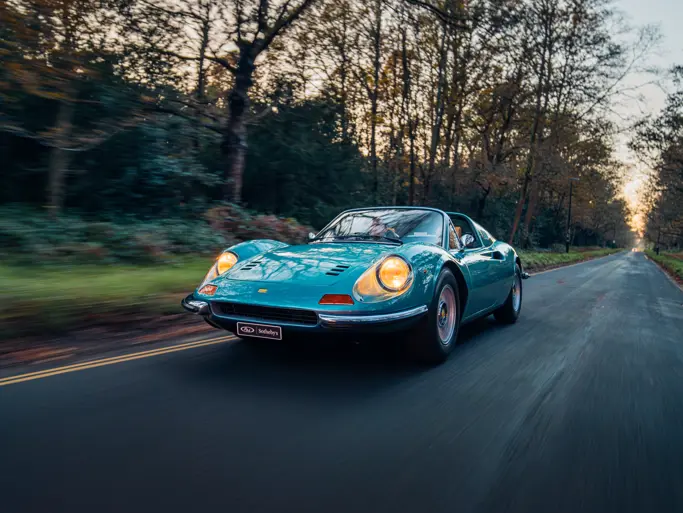Est. 271 bhp, 289 cu. in. Ford OHV V-8 engine with Holley four-barrel carburetor, four-speed manual transmission, ladder-type steel tubing chassis with independent front and rear suspension via A-arms, transverse leaf springs, and tubular shock absorbers, and four-wheel hydraulic disc brakes. Wheelbase: 90 in.
The notion of producing a hybrid sports car in the 1960s was, at its core, quite simple. While British manufacturers retained the edge in styling, road holding, and superb braking, American firms held a distinct horsepower advantage. This “best of both worlds” concept was, of course, nothing new. Post-war Allards, Cunninghams, and Nash-Healeys used the same basic premise. Carroll Shelby, however, considered chassis from Austin-Healey, Jensen, and Bristol before settling on AC, after hearing that the builders of the stylish and sturdy Ace had lost their engine supplier when Bristol ceased production.
Attractive, lightweight, and proven, the AC Ace could, by Shelby’s thinking, be turned into a successful production racer by replacing its aging six-cylinder engine with a powerful, deep-breathing V-8. In September 1961, Shelby wrote Charles Hurlock, of AC Cars, to propose a hybrid car using the AC sports car body and chassis. “I’m interested,” wrote Hurlock, “if a suitable V-8 could be found.” Shelby moved quickly when Editor Ray Brock, of Hot Rod magazine, told him of Ford’s new, lightweight small block V-8. Soon after, Shelby had an early 221-cubic inch example installed in a stock AC Ace. In fact, the V-8 weighed just slightly more than the six-cylinder Bristol.
Ford engineer Dave Evans then offered Shelby an even better solution. A high-performance 260-cubic inch small-block V-8 was already in production for Ford’s Falcon, and two engines would be on the way to him soon. They were immediately sent by airfreight overseas, and on February 1, 1962, Carroll Shelby flew to England to test drive the new Shelby “Cobra.” The rest, as they say, is history.
According to the World Registry of Cobras & GT40s, the 1964 Shelby Cobra 289, CSX2332, was originally billed to Shelby American on February 10, 1964, and it was shipped to Los Angeles aboard the SS Amsteldyk. It was later invoiced to Bill Doenges Ford, of Tulsa, Oklahoma, on September 10, 1964, and it was originally painted bright blue with a red interior. An interesting note in the Registry sates, “The relative lateness of the car’s invoicing, when most cars near it by serial number were sold and delivered to dealers in the spring of ’64, might be partially explained by a note handwritten on the sales department order form, which read, ‘Note: new speedo. Clean floor mats like new, check and retune completely, do 500 miles service. Replace seat belts with new.’ This suggests that 2332 did some PR or demo service prior to being sold with a new speedometer registering no mileage.”
The first owner of 2332 was William Faulkner, of Tulsa. Faulkner sold the car, with its original paperwork, to Bob Crowder, who reportedly added the side pipes and beefed up the 289 engine. This transaction has been previously reported to be in the early-1970s, but the original registration documents that still survive with the car show Faulkner’s ownership to have lasted until at least 1978. In any case, Crowder sold the car in 1986, with 21,000 miles, to Jamey Mazzotta, of Redding, California, who retained the car for several years before selling it to Andy Cohen, of Beverly Hills. Cohen was the owner of Beverly Hills Motoring Accessories and featured the car on his 1991 parts catalogue, by which point it had been repainted in black with black upholstery. The catalogue noted that the car had 24,000 miles and had a beefed up “375+ HP 289 motor, which has propelled this particular car to a 12-second flat quarter-mile time!” The car subsequently passed to Jay Rawitzer, of Danville, California, who had the car through at least 2001. When the car was last advertised, it was noted that the car had 36,000 miles; the odometer now reads 36,798 miles, which is believed original since the mileage has been recorded throughout the cars life.
Aside from the extensive history in the Registry, CSX2332 is accompanied by a small cache of important original paperwork, including the registration application and subsequent registrations from 1965 through 1977, the original Shelby American window sticker, Faulkner’s cancelled insurance and deposit checks, the Doenges Ford retail buyer’s order, and a check receipt from Doenges Ford.
After acquiring the car, Mr. Davis commissioned a full restoration, which has made this example a standout among its peers. Finished in black with black leather upholstery and black carpeting, CSX2332 rides on chromed Borrani wire wheels and is shod with Goodyear Polyglas tires. It is also equipped with side curtains, a soft top, a tonneau cover, a spare wire wheel, and a rear nerf bar with overriders in the front and rear. The overall fit and finish of the body, paint, upholstery, and engine bay is outstanding, with nothing overlooked; it should also be noted that the chassis number stamping is clearly visible through the new paint and that the underside is just as glossy as the rest of the body. There are no blemishes of note on the paint, and the interior is stunning with its black dash and Stewart Warner gauges. Exceptionally presented and restored, CSX2332 is certainly worthy of serious inclusion in the collection of the discerning aficionado of post-war American muscle.




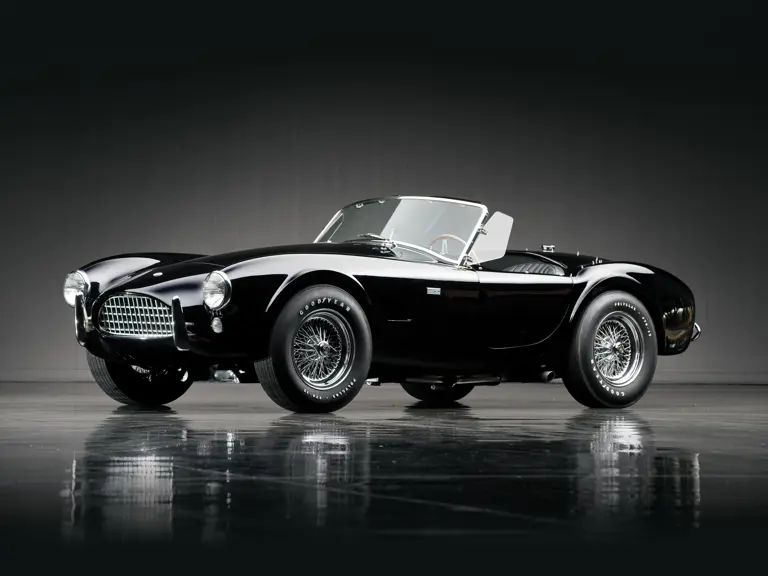
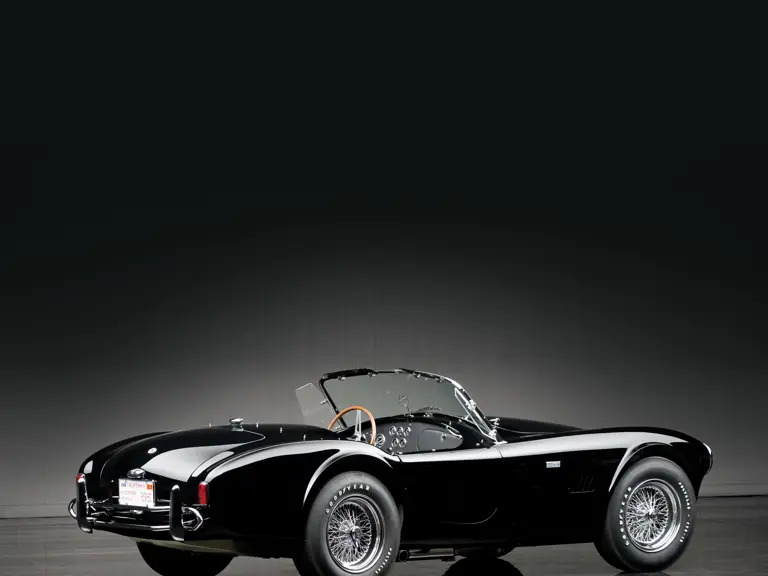
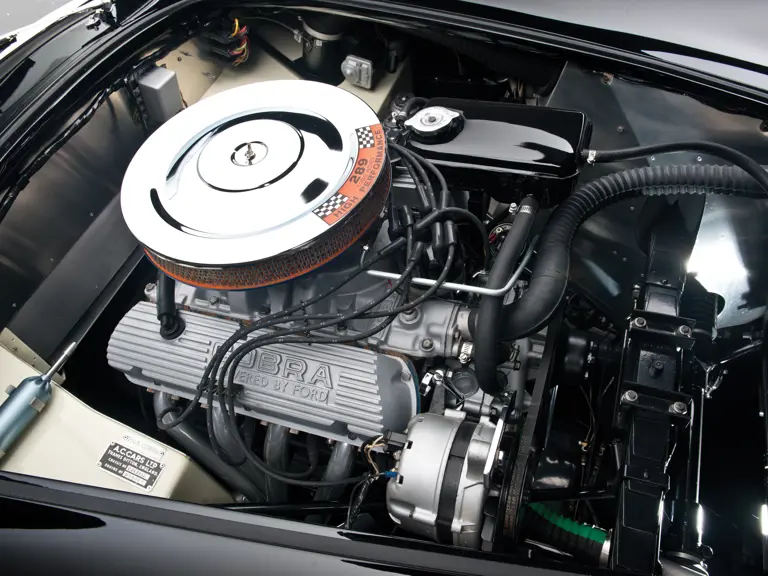
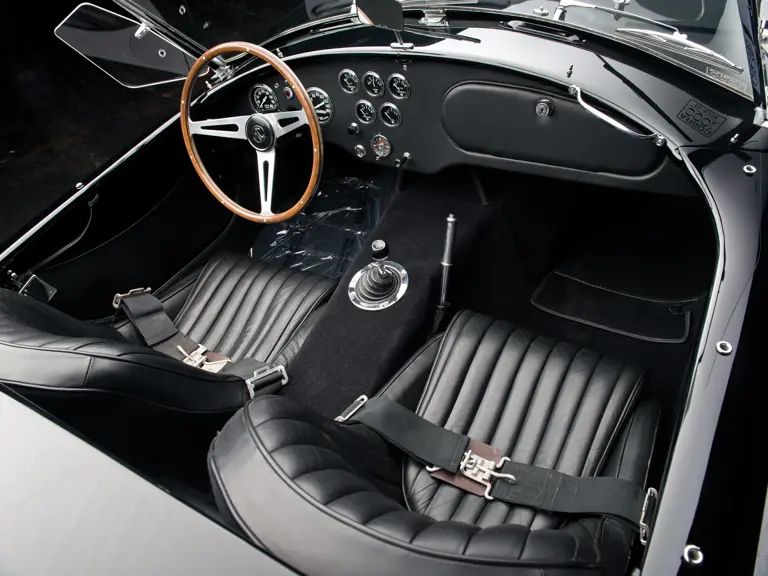
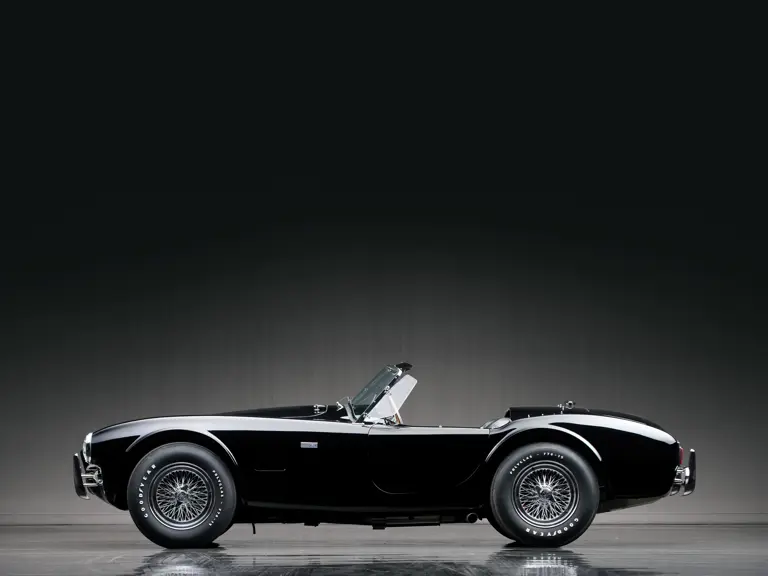
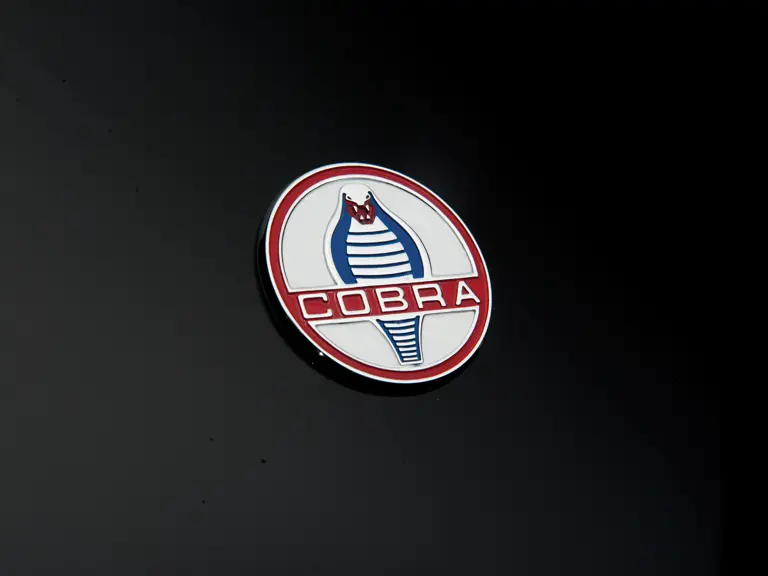
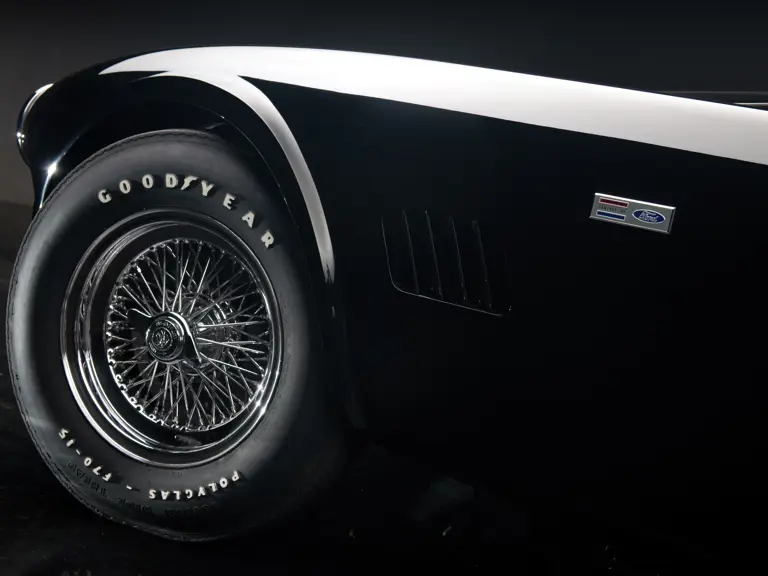
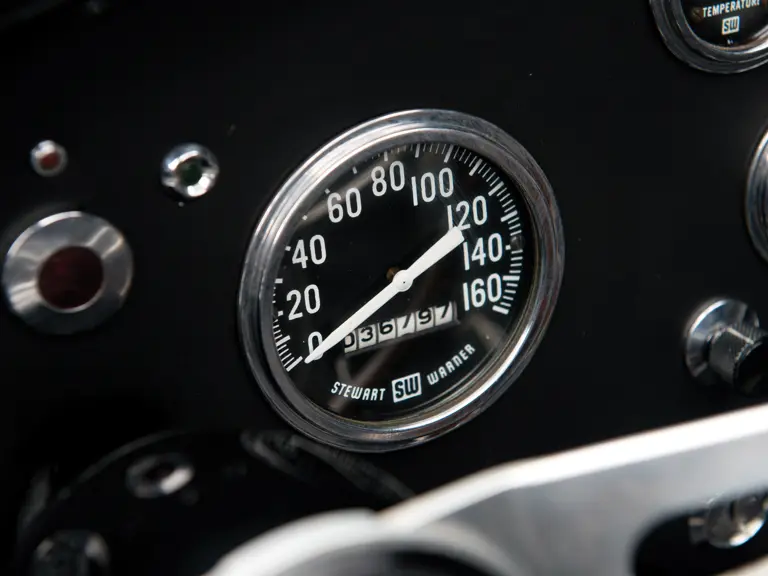
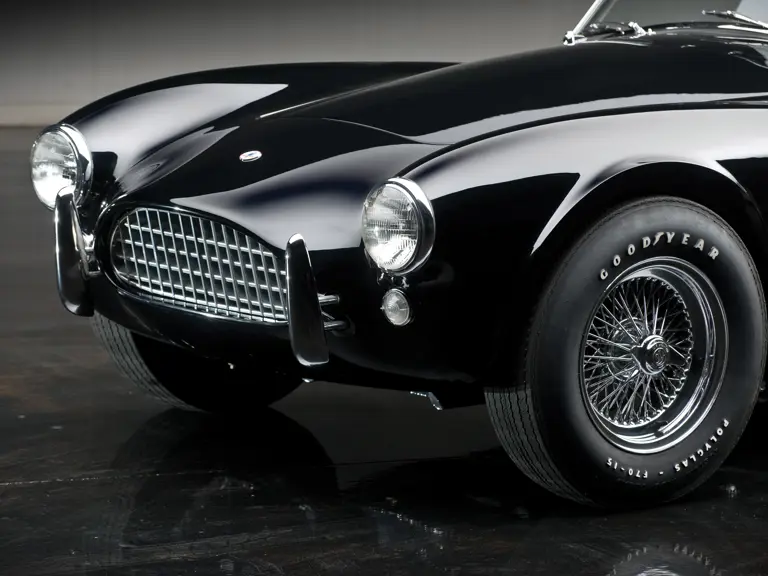
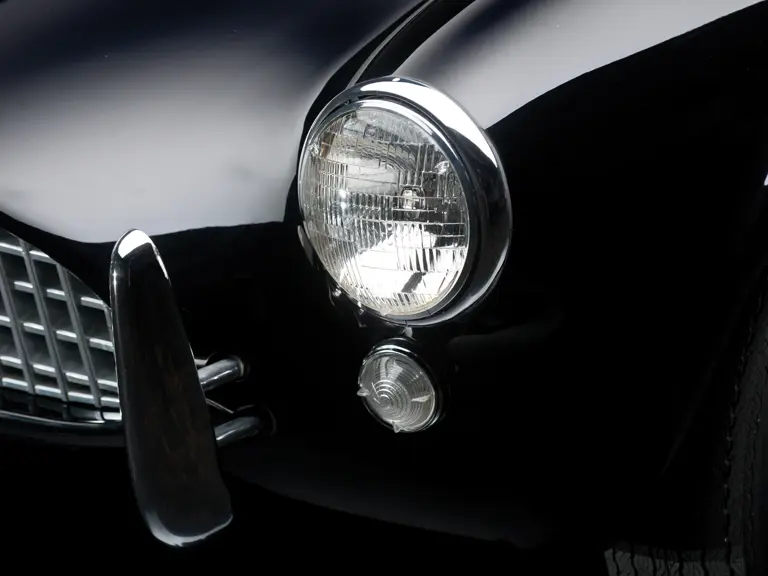
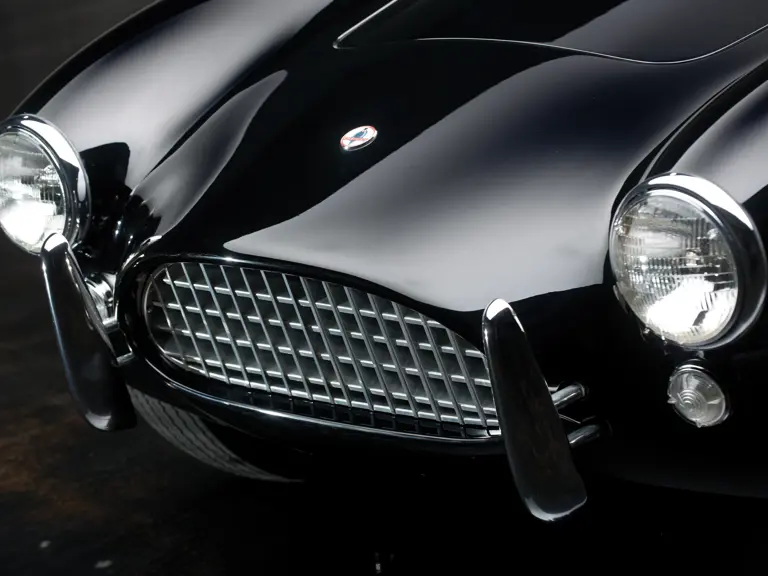
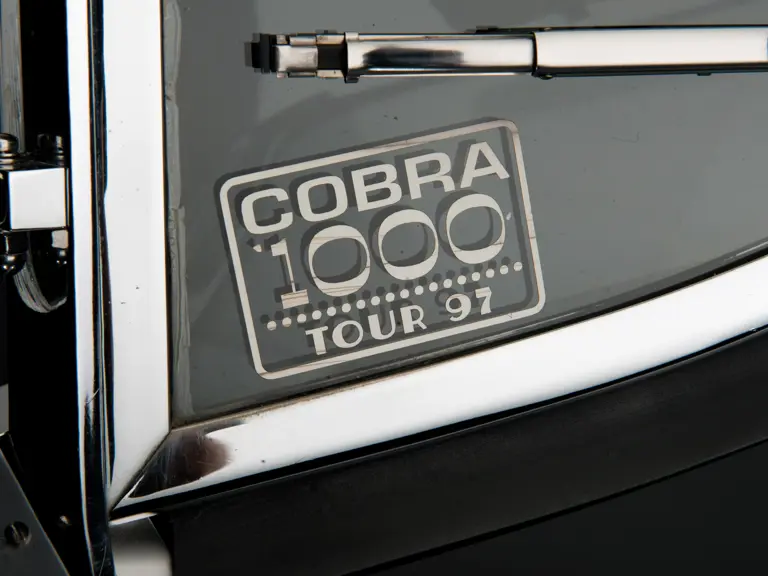
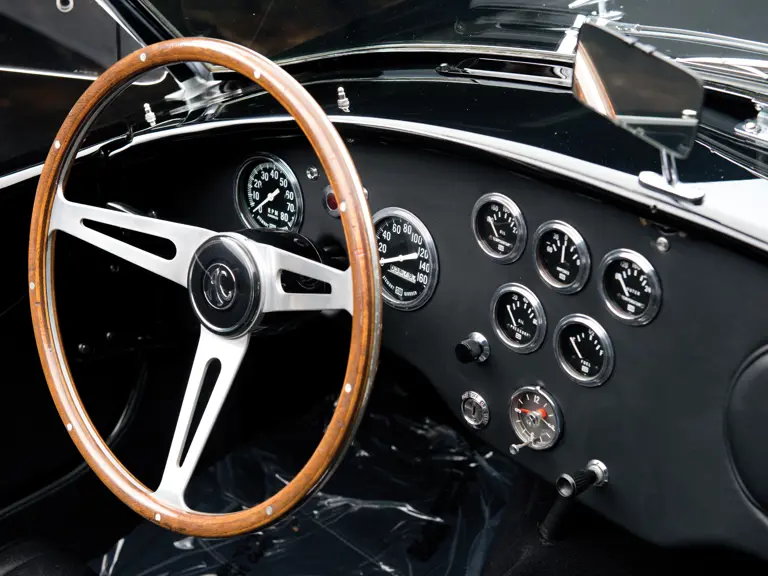
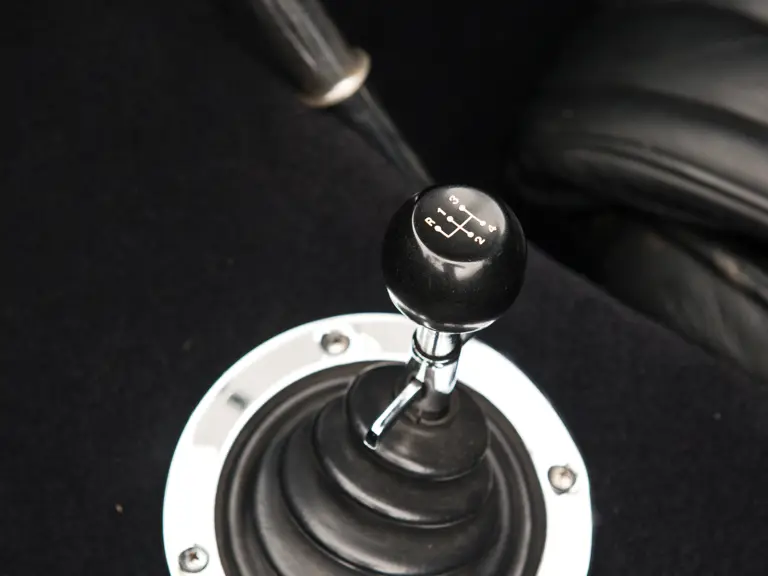
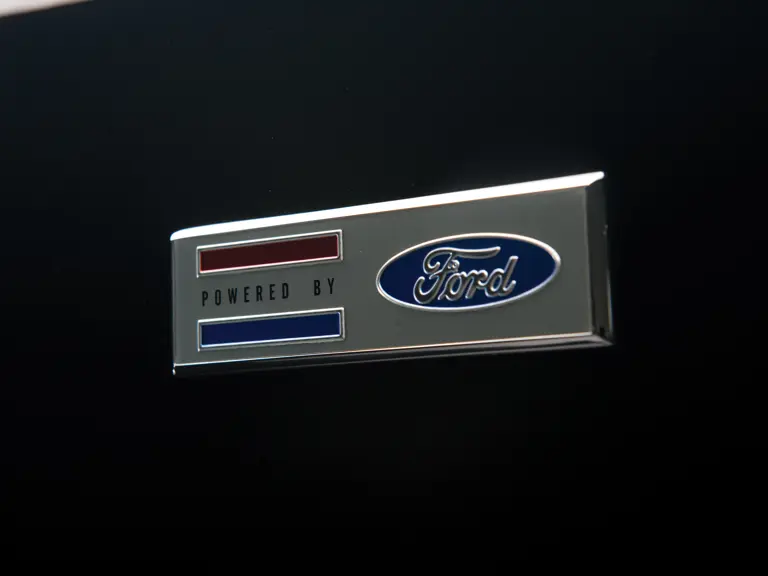
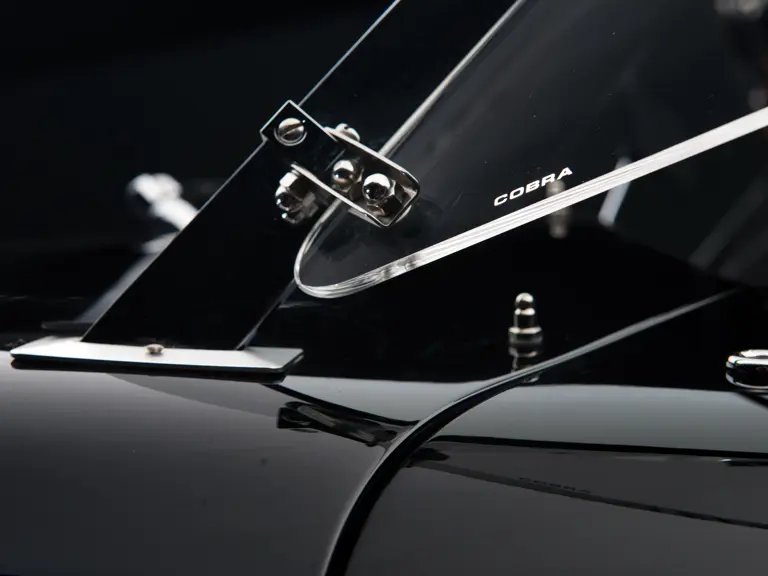
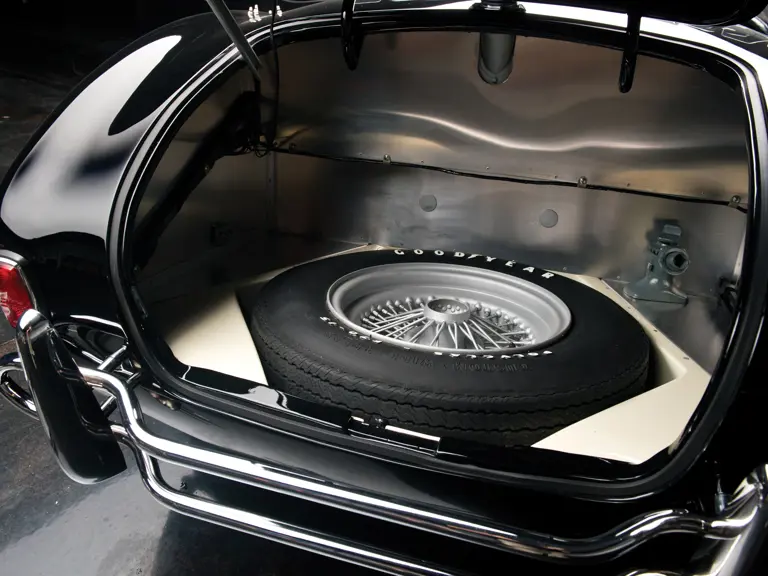
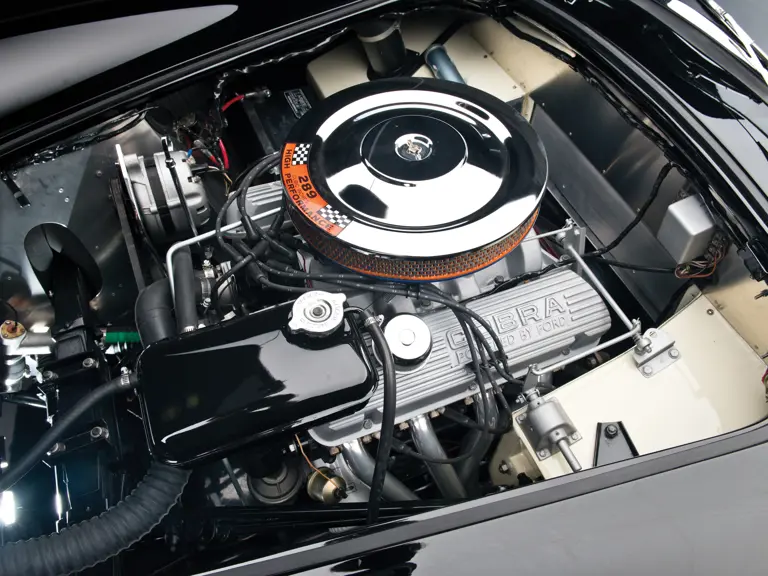
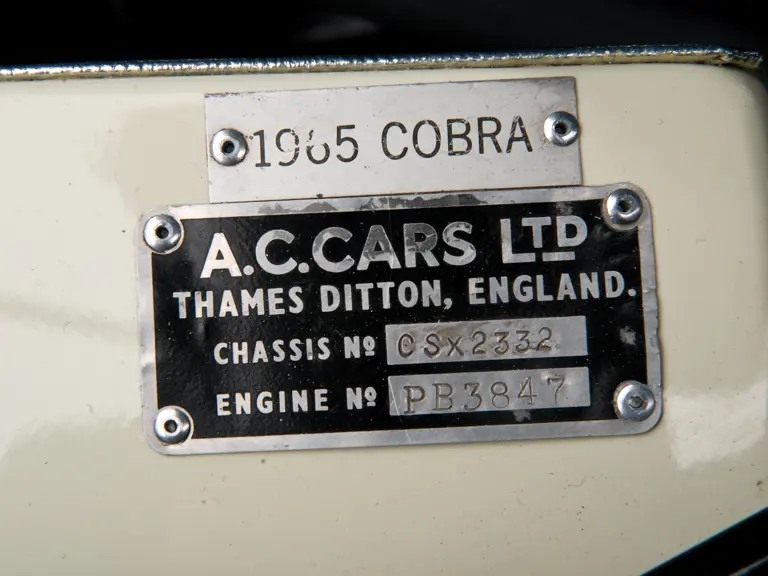


 | Fort Worth, Texas
| Fort Worth, Texas
